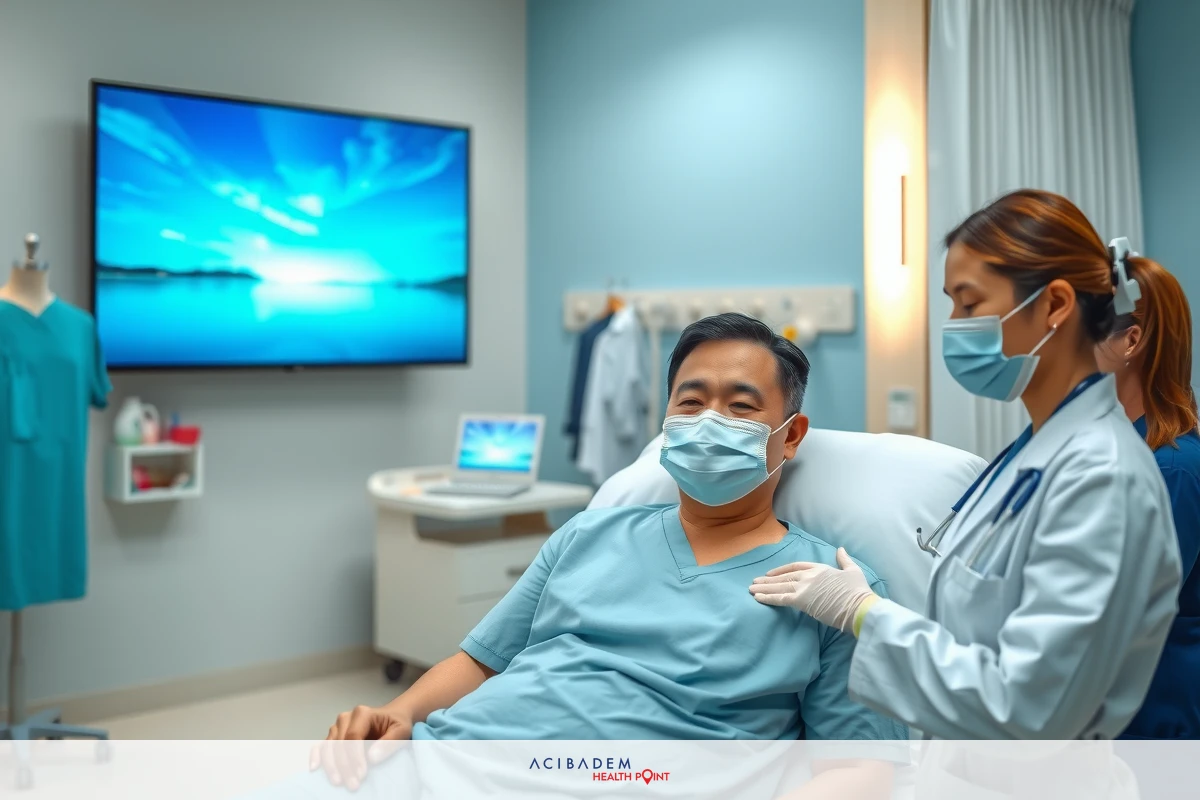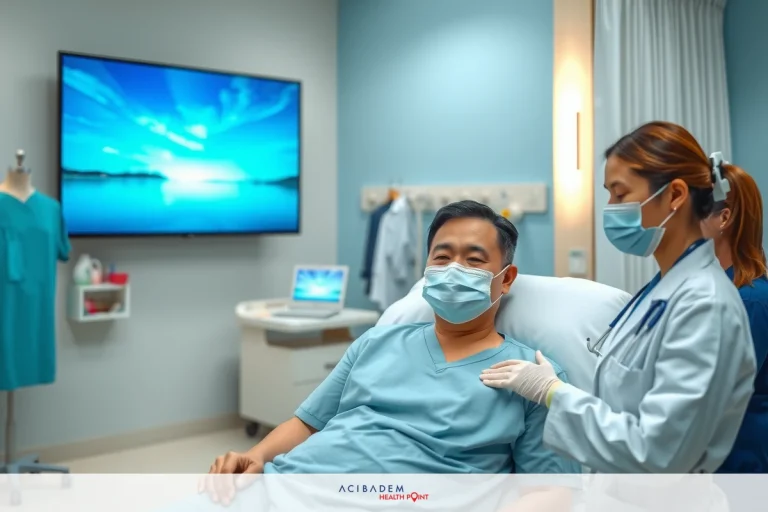How to Do a Knee Arthroscopy
How to Do a Knee Arthroscopy When it comes time for knee surgery knowing what lies ahead can ease the mind. A knee arthroscopy is a common way to look at and fix problems in the knee joint. It’s done with only small cuts and lets people get back on their feet quickly.
Doctors use this method to find out why someone has pain or trouble with their knee. The camera used in the process takes clear pictures of your inside parts. This helps doctors see what they need to work on.
After you have this simple procedure recovery is often fast. You might go home the same day as your surgery. Your doctor will tell you how to take care of your knee so you heal well.
Preparing for the Procedure
Before you have a knee arthroscopy your doctor will give you a list of things to do. You should stop eating and drinking at the time they say. This is because it makes the surgery safer for you. Make sure someone can drive you home after your procedure. It’s key not to go alone.
You must also follow any advice about your medicine before surgery. Some drugs may need to be stopped days before your knee arthroscopy. This helps lower the risk of problems during surgery. Always check with your doctor if you’re unsure about which medicines to take or avoid.
Wear loose clothes on the day of your knee joint work so that dressing up later is easy for you. Choose a shirt with short sleeves or one that can roll up easily over bandages or supports on your knee. Comfort here is really important as it aids in reducing stress from the process.
Lastly preparing your home for after-care is just as vital as getting ready for surgery itself. Set up a place where everything you need — like ice packs pillows and snacks — are within reach when resting post- procedure. Your rest area should be near a phone too in case there’s need to call for help or talk with friends while recovering.
The Surgical Process
The day of the knee arthroscopy starts in a room where you get ready for surgery. You’ll change into a gown and lie on a bed. Nurses will start an IV to give fluids and medicine. Doctors use this to make sure you are asleep or your knee is numb. They check your heart rate and breathing too.
When it’s time they take you to the operating room for the procedure. Bright lights shine over the table where you lay down. Your orthopedic surgeon cleans your skin with care around the knee joint area. This keeps germs away and helps prevent infection.
Your doctor makes small cuts near your knee during surgery. A camera goes through one cut so they can see inside your joint on a screen. Other tools go in through other cuts letting them fix problems without big open surgery.
After checking everything is okay inside they close your cuts with stitches or strips that stick on their own. Then they cover your knee with bandages to keep it clean as it heals from surgery work done just now.
Finally, when all is done right by plan, nurses bring you back to wake up slowly in another room after anesthesia wears off safely within time due for such process completion.

Recovery and Rehabilitation
After your knee arthroscopy taking it easy is key for a good recovery. You’ll likely go home the same day with advice on how to care for your knee. Rest is crucial so find a comfy spot to relax and let your body heal. Use ice packs to bring down any swelling and keep your leg up when you can.
Your doctor will tell you when you can put weight on your operated knee again. At first walking may be hard without help from crutches or a walker. Follow their instructions carefully; this helps make sure that everything heals as it should. Small steps each day lead to big progress in healing over time.
Rehabilitation exercises are also part of getting better after surgery on your knee joint. A physical therapist might work with you to strengthen muscles around the knee and get back flexibility too. Stick with these exercises even though they might feel tough at first – they’re vital for getting back on track fast!
Potential Risks and Complications
Knee arthroscopy is a common surgery and most times it’s quite safe. But like any procedure there are risks you should know about. Infection at the site of the cuts is one concern to watch out for after your operation. Bleeding inside the knee joint can happen too but it’s not very common.
Another risk to consider is blood clots in your leg veins which can be serious if they move around. To help stop this you might wear special socks or get medicine that thins your blood a bit. Sometimes people may also have pain or stiffness in the knee after surgery; usually this goes away with time and exercise.
It’s rare but some might have problems with the tools used during their knee arthroscopy or react to anesthesia given before surgery starts. If anything feels wrong once you’re home – like warmth, redness around your cuts, fever or trouble breathing – tell your doctor right away so they can check everything out fast and keep you safe!
Frequently Asked Questions
How long does the knee arthroscopy procedure take?
Most knee arthroscopies are quick often taking less than an hour. The exact time depends on what needs to be done.
Will I need to stay in the hospital after my surgery?
Knee arthroscopy is usually an outpatient procedure meaning you can go home the same day.
What's the typical recovery time for a knee arthroscopy?
Recovery varies but many people start to feel better within a few days. Full recovery can take several weeks or months.
The answers provided here are for informational purposes only and do not constitute medical advice.








